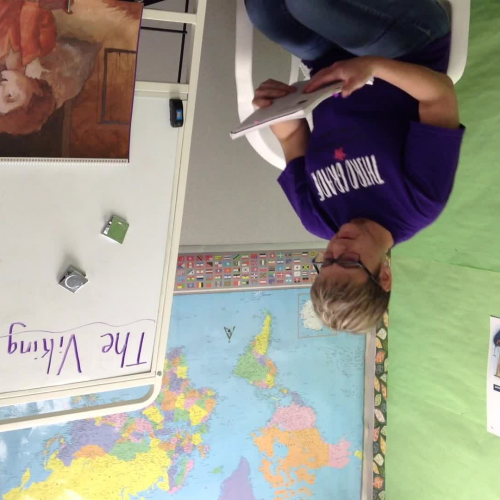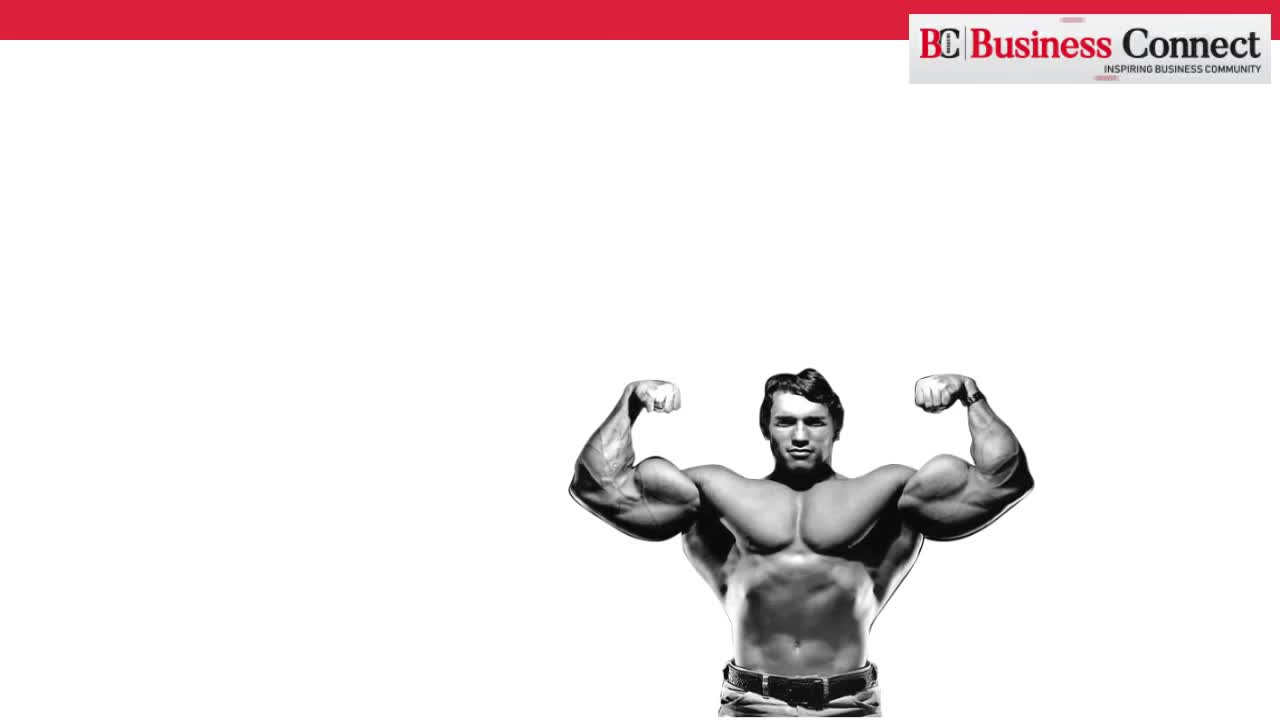Ancient Greece
All / History / Ancient History
Western civilization was nurtured and shaped two and a half thousand years ago in a small Greek state called Attica, and its capital city, Athens. Yet in the early part of the 5th century BC, Athens nearly disappeared. The acropolis, one of the most famous places in the world, was an ancient times the political and religious center of the city. It's very heart. But in four 80 BC, the acropolis was burnt to the ground. The brave warriors of Athens had been overwhelmed by an invading army of 1 million Persians under the command of the dreaded xerxes the first, the great king of Persia. It seemed as if the city of Athens was dead. And yet, in the next 50 years, Athens emerged as the cultural capital of the entire Greek world. The cradle of current western scientific and humanistic thought. The Acropolis of Athens was rebuilt in such a grand manner that it contained some of the finest temples and monuments in the world, like the awe inspiring Parthenon. How did Athens rise like a Phoenix from the ashes to become one of the greatest cities in history? And who were the leaders architects and artists that gave this city its special aura virtually unmatched to this day. In four 60 BC, after the Persians left Athens, a leader emerged who would enable the city to reach cultural and militaristic heights. His name was pericles, and he is credited not only with major democratic reforms, but in rebuilding a powerful army and creating some of the greatest monuments of all time. Under pericles 30 year rule, the acropolis, the Persians destroyed, was rebuilt in a glorious manner. Its principal building was the great Parthenon, but the hill was filled with dozens of smaller temples, each a masterpiece of design and execution. Pericles led the city through a golden age, which would make the name of Athens immortal. This was the era of artists, like the sculptor phidias. The time when philosophers like Socrates and Plato sought eternal truths. This was when sophocles and euripides created western drama. The foundations were laid for almost every aspect of modern western civilization, even sport. Though pericles succumbed to a deadly plague which decimated a quarter of the Athenian population, his accomplishments live on. Athens was the Pinnacle of a dynamic which had been building for thousands of years. Greece is a land of contrasting, often spectacular landscapes. The ancient Greeks believed its Woods and waters were populated by gods and goddesses, and other Supernatural creatures and every kind. In fact, the land was inhabited by a surprising range of very real creatures. The first people who came here arrived nearly 2000 years before Christ at the beginning of the Bronze Age. They belonged to a branch of the great indo European stock that migrated from the vast plain stretching from Europe to Asia. The earliest Greeks were tribes of warriors who spoke the same language, but fought incessantly, struggling for possession of the richest and most fertile land. The first settlements were primitive rural communities, then between 1512 hundred BC, there was a general population boom. Magnificent palaces arose. They were an appropriate setting for mythical and legendary stories like those from the poet Homer and adventure yarns like the voyage of the argonauts and the trials of Heracles. Many of these stories are more fiction than fact, but one was thought to be real. Homer's epic tale, the Iliad, which told of the war of the Greeks against Troy. Troy was the city that fell to a horse filled with Greek warriors. But was there ever really such a city? For thousands of years, Troy and the Trojan war were thought to be only a myth. Then, beginning in 1870, Heinrich Schliemann, an amateur German archeologist, began to unearth the ruins of Troy. The city had indeed been destroyed by a great coalition formed by the major city states of continental Greece. It was a rare coalition. The ancient Greek city states were usually in a constant state of war with each other. By the 5th century BC, there were about four and a half million Greeks. It was at this time that Athens emerged as the most famous of the city states. Athens still lives and thrives today. The modern cities surrounds the acropolis and the remains of the ancient city, showing thousands of years of continuous human habitation. Packed with a population of about 5 million people, it is often chaotic and polluted, still it is a living link to a vanished ancient world. In many places, the different periods the city has passed through our stacked one upon the other. But always, soaring majestically above the teeming city was the eternal Parthenon and the other buildings of the acropolis. The word acropolis means the high part of the city, and in fact almost every city in ancient Greece had an acropolis. Indeed, almost every city began as a settlement atop such a hill. Such sites were natural forts, protection against marauding beasts and enemy armies. Even as the ancient city grew and spread, the acropolis was where the most important people lived. The acropolis was where philosophy was debated and government conducted. Most significantly, the acropolis was where gods and goddesses were worshiped in mysterious sacred rites. In the Mycenaean period, around 1200 BC, the original huts were replaced by fortifications, which later legend said were built by mythical giants. In four 50 BC, the acropolis took on the architectural appearance that established it as the center of Greek culture. The magnificence of the acropolis remained intact even after the decline of Athens following its defeat by Sparta. Later in the second century AD, the Romans added new walls and buildings, like the spectacular theater of herodes Atticus. During pericles lifetime, Athens was at the height of its splendor. Yet even as great political and cultural events were unfolding. Citizens could lead a comfortable and enjoyable daily life. Families thrived and people lived together in a period of relative bliss and peace. The Athenians, like all ancient Greeks, were a pious people. They believed in the power of the gods to help them, or harm them. So religious festivals were held throughout the year. The head of a family would make periodic sacrifices to the gods. There were also special offerings made for particular occasions, as when a family member had fallen ill or was about to begin a dangerous journey. The regular festivals climaxed every four years with a great procession to the acropolis. This was the pan athenia, honoring Athena, the city's protector. All residents, no matter what their rank or occupation, would have been part of the joyous procession.


























